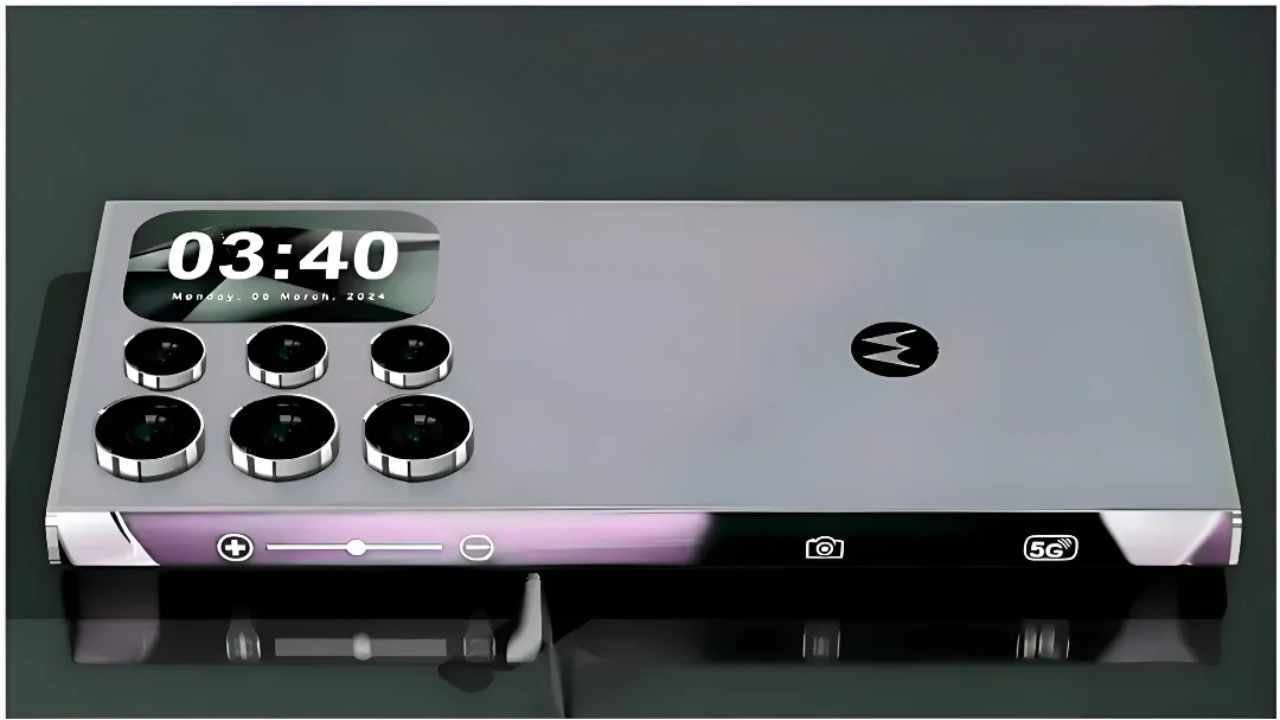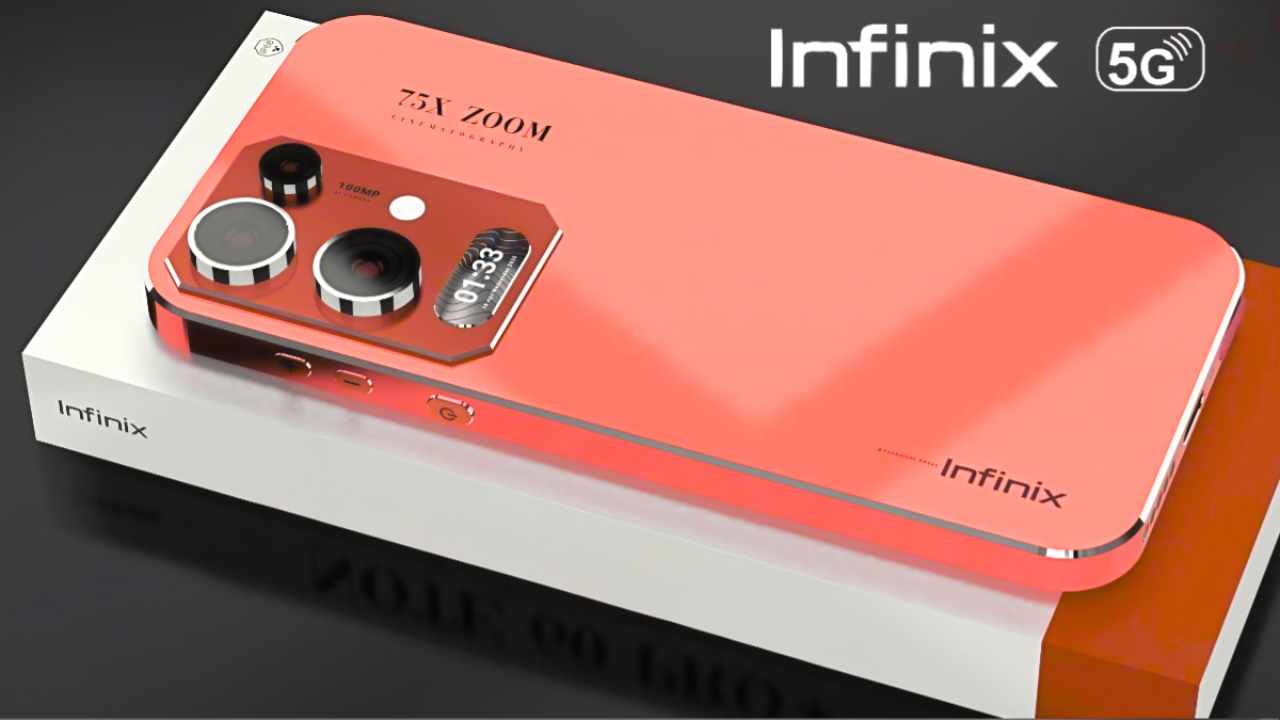Collectors Seek 1900 Red Seal $5 Bills Worth Thousands: While most $5 bills are spent without a second thought, a select few from the early 20th century are now highly coveted by currency collectors. Among them, 1900 Red Seal $5 bills have emerged as valuable historical artifacts, with some fetching thousands of dollars at auctions and private sales. These antique notes, officially known as United States Notes, are not just pieces of old paper—they’re rich in history, rarity, and investment potential.
If you’ve come across one of these bills or are curious about spotting a treasure, this guide breaks down exactly what to look for and why collectors are willing to pay a premium.
Collectors Seek 1900 Red Seal $5 Bills Worth Thousands
The term “Red Seal” refers to the distinctive red Treasury seal and serial numbers printed on the note. Issued under the United States Note classification (as opposed to Federal Reserve Notes), the 1900 Red Seal $5 bill features:
- Portrait of President Ulysses S. Grant in the center
- Red serial numbers and Treasury seal
- The words “United States Note” prominently displayed
- The series date marked as Series of 1900
- The signature of the Register of the Treasury and the Treasurer of the United States
These notes were part of an era when the U.S. was transitioning between different types of currency, making them historically significant and relatively rare today.
Why These Bills Are Worth Thousands
The value of a 1900 Red Seal $5 bill depends on several key factors:
1. Rarity and Historical Significance
These bills were printed in relatively low quantities compared to modern currency. Over the past 120+ years, most were damaged, lost, or destroyed, leaving only a fraction still in existence today.
2. Condition or Grade
Paper currency is graded on a scale from Poor to Gem Uncirculated. The better the condition—especially with crisp paper, sharp corners, and no stains or folds—the higher the value.
- Poor to Good condition: $100–$500
- Fine to Very Fine condition: $800–$2,000
- Extremely Fine to Uncirculated: $3,000 to over $10,000
Some pristine examples with rare serial numbers or specific print variations have been known to sell for $15,000 or more.
3. Serial Numbers and Variants
Collectors love unusual or low serial numbers (like 00000001), star notes (indicating replacements), or notes from rare Federal Reserve districts—these traits can significantly boost the value.
How to Spot a Genuine 1900 Red Seal $5 Bill
If you think you’ve found one of these valuable notes, here’s a quick checklist to help verify and evaluate it:
Check for the Series Year
Look for “Series of 1900” printed on the face of the bill, usually near the lower right edge.
Identify the Red Seal
The seal should be a bright red circular emblem on the right side, often slightly faded but clearly visible. It will differ in color and design from the green seals found on modern bills.
Inspect the Serial Numbers
These are printed in red ink as well. Fancy serial numbers (like palindromes or solid digits) add value.
Observe the Design Elements
- Portrait of Ulysses S. Grant
- “United States Note” and “Five Dollars” text
- Signatures from Treasury officials of the era
Examine the Condition
Handle the note carefully and avoid folding it. If it’s old but clean and undamaged, it could be quite valuable.
Real Examples and Auction Results
To understand the market for these bills, here are a few actual sales:
- 1900 $5 Red Seal, PCGS VF30 – Sold for $3,750 at Heritage Auctions
- Uncirculated 1900 Red Seal with fancy serial number – Sold for $9,800
- Damaged but authentic note – Still sold for $700, showing value even in worn condition
These sales reflect how serious collectors are about owning these rare pieces of American history.
What to Do If You Have One
If you believe you possess a 1900 Red Seal $5 bill, follow these steps:
1. Avoid Handling It Excessively
Keep the note in a protective currency sleeve or acid-free envelope.
2. Get It Graded
Professional services like PMG (Paper Money Guaranty) or PCGS Currency can officially grade and authenticate your bill. This greatly increases its resale value.
3. Research or Consult a Numismatist
A coin and currency dealer or collector forum can give you insight into its market value.
4. Consider Selling via Auction
For high-value notes, consider established auction houses like Heritage Auctions or Stack’s Bowers, which specialize in rare currency.
Final Thoughts
While the $5 bill might seem like small change today, the 1900 Red Seal edition proves that paper money can have historical and monetary significance far beyond its printed value. These bills are not just collector’s items—they’re reminders of an era long past, beautifully preserved in ink and fiber.
Whether you’re an experienced collector or a lucky individual who stumbled across an old bill in a family keepsake box, recognizing the potential value of a 1900 Red Seal $5 note could lead to a surprisingly profitable discovery.
So, check your old drawers and vintage collections—because that faded $5 bill might just be worth a small fortune.










